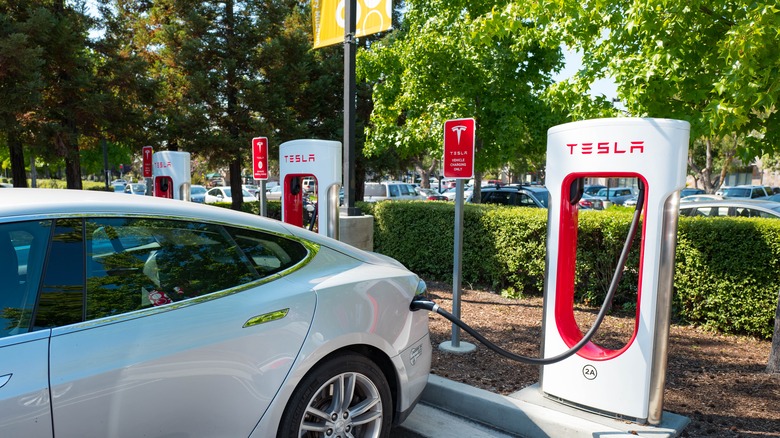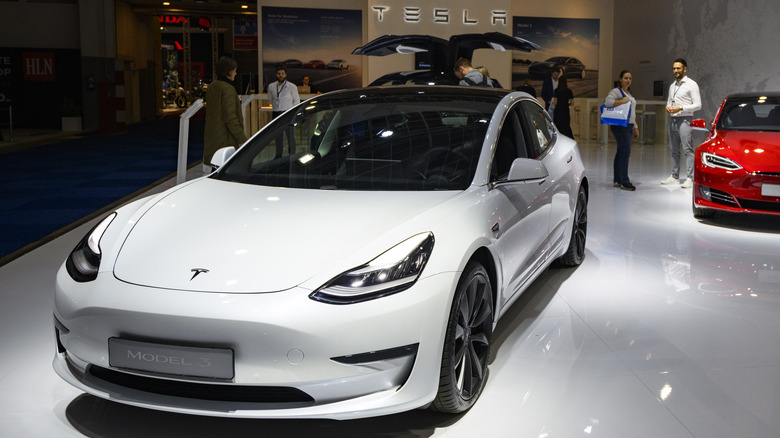Does Cold Weather Hurt Or Help Tesla Batteries? This New Study Found The Answer
The batteries powering electric cars don't always play well with cold surroundings, but it seems Tesla cars do a fine job of handling low temperatures and exhibit a lower impact with regard to range output. According to research by Recurrent, Tesla car batteries that have thrived in areas with a colder climate take a smaller hit and can put more miles per charge compared to EVs driven in hot and humid areas.
The study measured the impact of hot and cold environments on Tesla car batteries in terms of Range Score. In a nutshell, it's a percentage estimation of how many miles a used Tesla can go on a single charge, compared to the range figures touted by the brand. Think of it like the battery health system on an iPhone, which tells how efficient the battery is at retaining electrical energy compared to its new state.
Per the data collected by Recurrent, the Range Score for Tesla cars in areas classified as "cold," "very cold," "subarctic," and "marine" was 95, compared to the Range Score of 92 for vehicles located in "humid hot" and "dry hot" areas. That means Tesla driven in chilly areas experience a smaller degree of range degradation compared to those in hot climates.
Why the cold supremacy?
When the external temperature decreases, the rate at which chemical reactions occur in battery cells tends to decrease as well. Lithium plating, a frequently encountered battery degradation scenario resulting from high-current charging in low temperatures, is widely acknowledged as the most severe aging process in Li-ion batteries. This phenomenon, occurring at low temperatures, significantly diminishes the amount of cyclable Lithium.
However, the impact of hot temperatures on EV batteries is harsher. Not only does it speed up the process of chemical degradation, but the added load of cooling the car is an extra stress, bringing down the battery life cycle and driving range as a net cumulative effect. These facts also explain why Tesla cars fared better at staying close to the advertised range in colder climates compared to hot and humid regions.
The latest study also heaps praise on Tesla cars for the efficient thermal system that kicks into action depending on external temperature variations. Interestingly, it works all the time, not only when the car is being charged. To be more specific, it is actually the passive cooling system that is always functional and protects the battery when exposed to low-temperature conditions.

